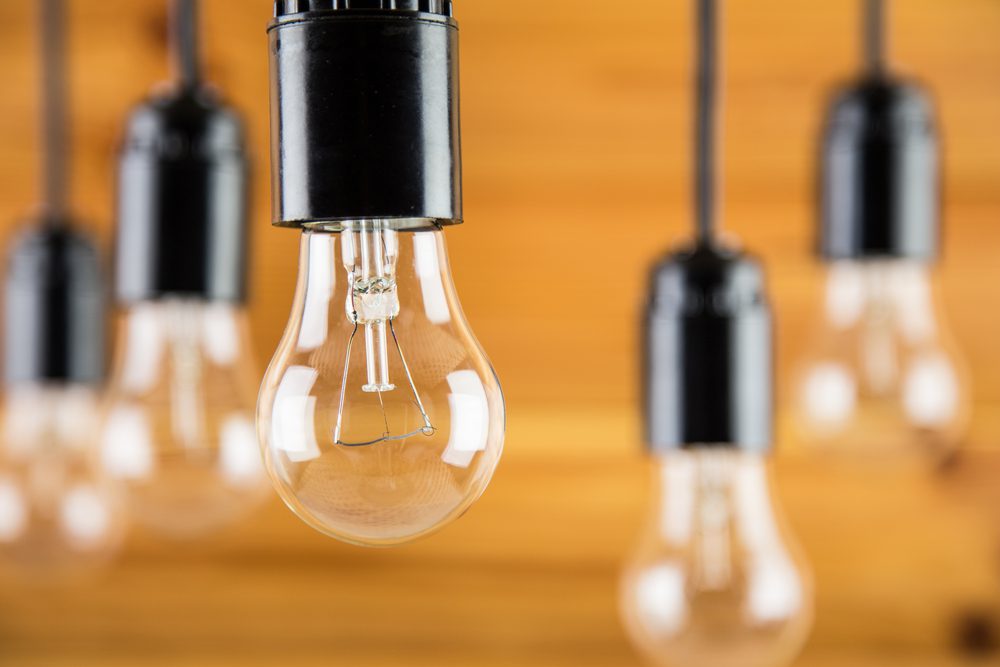
Back in the 2000s, thousands of Blockbuster Video stores invaded the country, renting DVDs and selling popcorn. Nowadays, there’s only a bunch of them left while Blockbuster has been taken over by DISH Network in a rather bankruptcy auction.
Things don’t always disappear so fast or so radical, but the truth is, emerging technologies and evolving practices are firing the final bullet for many traditional items. Here are 9 things you should bid farewell because they will soon disappear for good.
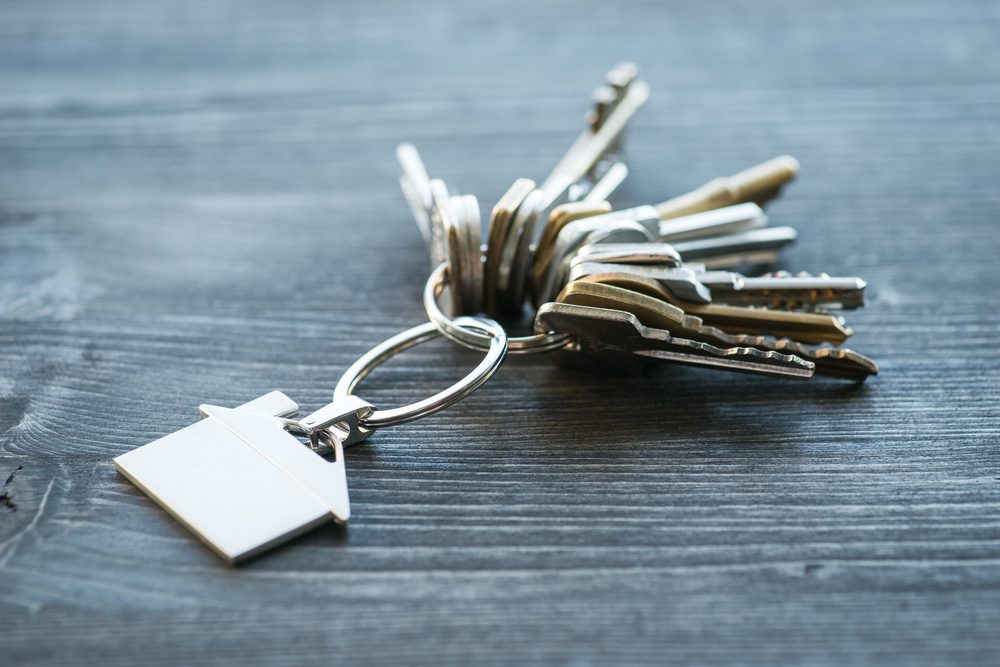
Keys
Yes, you heard it correctly! Keys, as in the piece of brass cut in a specific shape, are going to disappear. It’s already happening in offices, where most of us use cards with embedded chips to get access.
Let’s not forget about smart homes, where you will be able to enter by connecting your mobile phone to the home application, via Bluetooth or Internet, and unlock or lock doors at the touch of a screen. The secure software will function on any mobile device so you won’t have to worry if your phone is out of battery. You’ll simply have to borrow someone else’s mobile phone and log in by fingerprint or facial scan.
Car keys will also become a thing of the past. There are already “connected car” services such as Audi Connect and GM’s OnStar that allow you to unlock and lock the car remotely and even start the engine with a phone app. For the moment you still need a keyfob but when digital keys hit the market, you can kiss any other type of keys goodbye!

Blackouts
Another familiar thing we will say goodbye to: the frustrating and irritating blackouts that left so many of us with fridges full of spoiled food! As electrical grids become smarter and more resilient, power outages will no longer affect us and our appliances.
There are two reasons behind this shift of power: slow, phased “smart grid” improvements to the system providing electricity, and the rising use of solar energy in homes and businesses.
The main innovation, however, is the home battery. Developed by electric-car maker Tesla (TSLA) and quickly followed by others, by 2020, batteries will be relatively economical to use for storing solar power during the day and discharging it during the night. This breakthrough product will help us maintain a balance between electricity supply and demand and be able to have a functional home for days, despite a blackout.
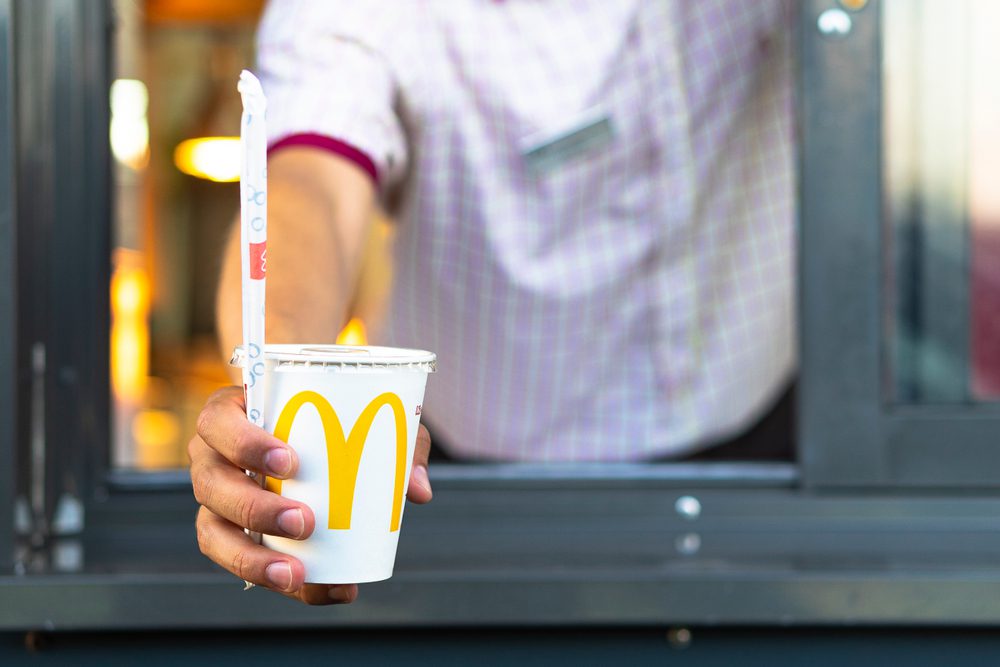
Fast-Food Workers
It was once a very popular job, especially among teenagers and seniors, but the days of burger-flippers are being numbered as more and more fast-food executives expressed their intention to replace them with machines. Why pay someone a minimum wage of $15 for 8 hours if work when you could have a machine work double shifts?
Things have already started to change with outlets such as Panera (PNRA) and McDonald’s’ (MCD) turning to touch-screen kiosks for order placing. Changes will also be implemented behind the counter, in the kitchen area. Industry giants like Middleby Corp. (MIDD) and boutique startups like San Francisco’s Momentum Machines are working hard to develop machines and devices to replace people in performing tasks such as loading and unloading dishwashers, flipping burgers, and cooking French fries.
It’s not the end of human employees, tough. The devices and machines will still need monitoring and maintenance, and someone will still need to deal with disgruntled customers.
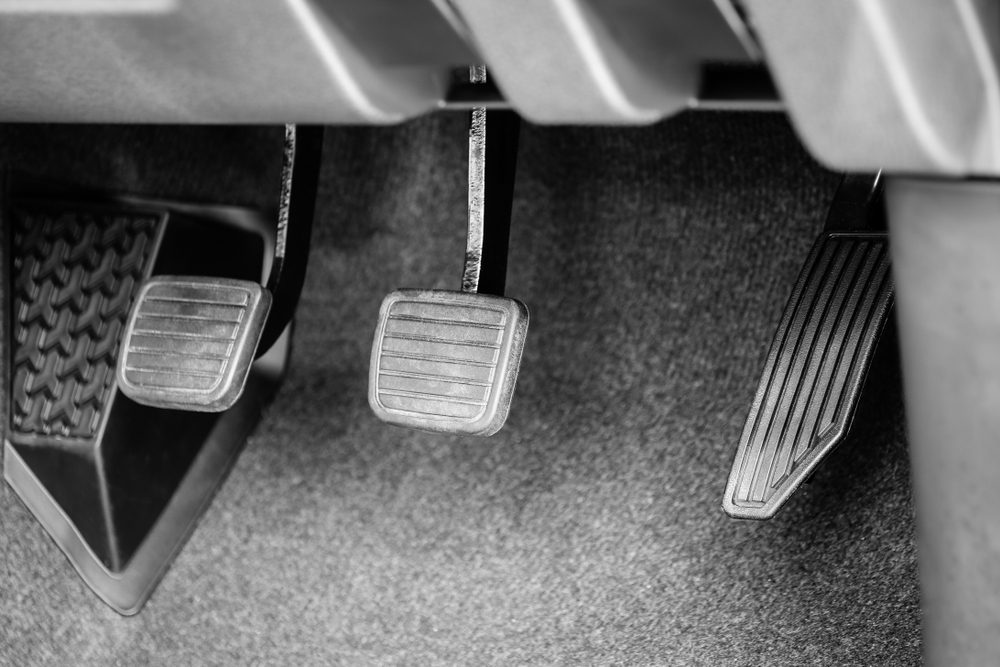
The Clutch Pedal
Year in, year out, more and more car models lose their traditional manual transmission option. Even the emblematic Ford F-150 pickup truck has been left without a stick. The downfall of the manual transmission, in the United States at least, has been in the cards for decades but two things, in particular, have helped in pushing the pedal to the metal:
Number one: Automatics have become more efficient, with up to 10 gear ratios, which means engines are able to run at the lowest, most economical speeds. Think Mazda or BMW (some of their models).
Number two: “Automated” manual shifts are on the rise, especially among high-performance vehicles such as Porsche. This means electronics will control the clutch instead of your left foot, gears will be taken care of by the computer, should you not feel like selecting them on your own.
The cost of such technology is going down, which means you will be able to find in less-expensive cars such as Golf GTI.
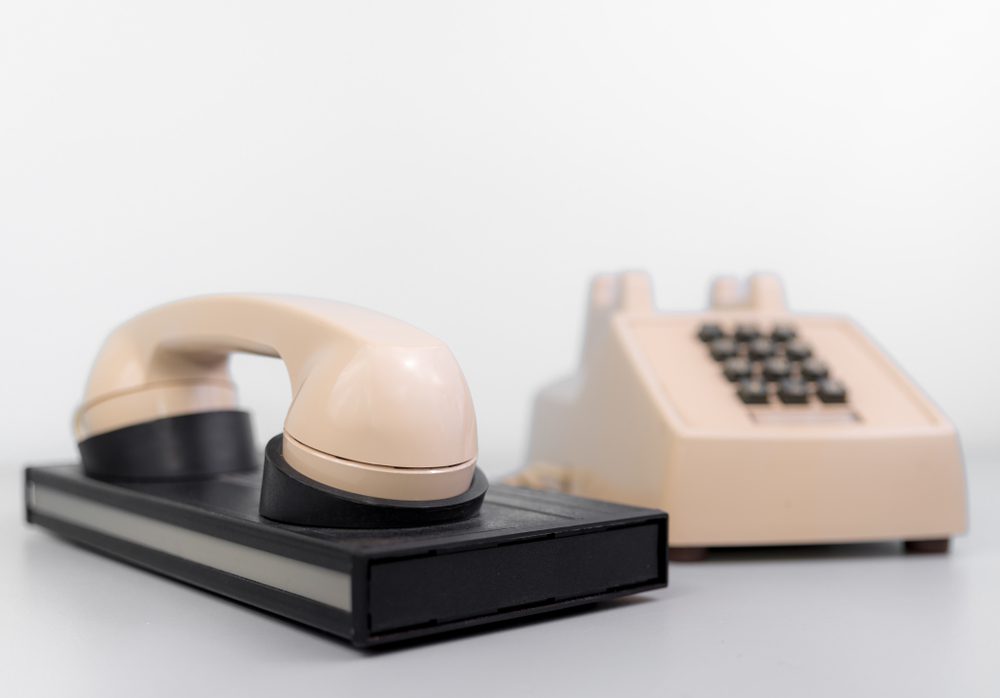
Dial-Up Internet
The younger generation will never know the once-familiar beeps and whirs of a computer going online through a modem. And if you ever want to hear it ever again, you may want to visit a museum or go to some remote location that’s a little left behind, technology-wise.
According to a study from the Pew Foundation, in 2013, only 3% of U.S. households went online by means of a dial-up connection compared to only 3% of people who had broadband thirteen years earlier.
Of course, certain providers will still offer dial-up for those who can’t or choose not to connect via cable or broadband. But the decline of the dial-up internet has started already with big internet providers such as Verizon Online eliminating new dial-up subscribers altogether.

The Plow
There’s nothing more representative to farming as the moldboard plow. As sad as it may be for many nostalgic farmers, the practice of “turning the soil” has reached its demise.
Modern farmers nowadays have little to no use for it. It turns up too much soil, it facilitates erosion by eliminating plants on the surface that might otherwise stop wind and rain from carrying the soil away. In addition, plows drink up huge amounts of fuel, compared to more modern tillage methods. To top it off, it releases large quantities of carbon dioxide into the air.
Plows are still used by poorer farmers who cannot afford new technologies, but most farmers opt for “no-till” or minimum-till, trying to disturb the land as little as possible while working it. This is also valid for organic farmers who use cover crops to eliminate weeds and reduce tillage to the minimum.

Your Mail Collection Box
Compared to 2004, when people used to send tones of mail to each other, the amount of mail people are sending now has significantly declined. The first sign of this decline is that the U.S. Postal Service has been cutting back on the iconic blue collection boxes spread across the neighborhoods.
Since it costs time and fuel for mail carriers to stop by each one, the USPS decided to monitor their usage and take out the boxes with not enough traffic.
Some of these boxes may be placed in spots with greater traffic, such as shopping centers, public transit stops and grocery stores. But the box at the end of your street? Unfortunately, if it doesn’t see any action anytime soon, you might have to say goodbye to that one!

Your Privacy
If you are constantly online, the lack of privacy shouldn’t come as a surprise. Your every mouse click and keystroke is tracked, registered and even used by Web site product managers, marketers, hackers and the like. It’s a given fact that in order to use most online services, you need to accept all sorts of terms and conditions that allow your information to be seen and used by all sorts of actors.
You are being tracked with every new application you install. The list of tracking devices has extended to appliances, lights, locks, HVAC systems and even trash cans (seriously?). Technologies already exist to provide details of where you’ve been, what you’re interested in, what you look for when entering a store etc. In addition, transcription software is helping many businesses collect heaps of data of phone-conversations to analyze and crunch.
One tool you use on a daily basis to provide all this information to them: your smartphone. Most of us already use it for all sorts of things, from paying bills and shopping to searching for things online. It already has sensors and GPS data…the more applications you install on it, the more information you provide about yourself.
But let’s look at the bright side: Encryption methods are getting better and better at keeping at least some aspects of our lives privy.
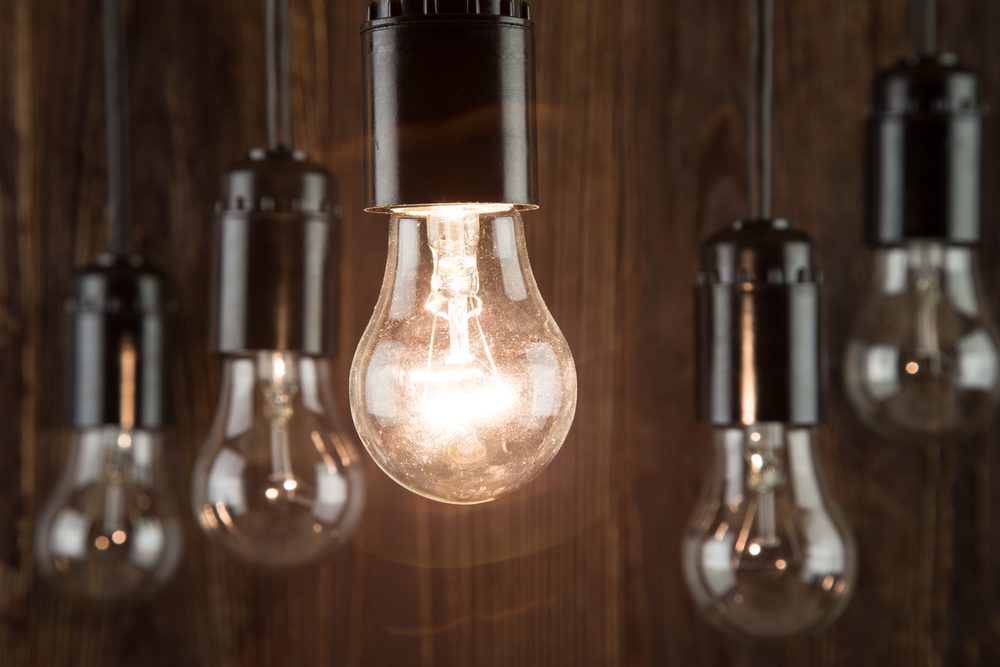
The Incandescent Lightbulb
You can say farewell to the traditional incandescent lightbulb that traces its roots back to Thomas Edison. Starting with January 1st, 2014, it became illegal in the United States to manufacture and import 40- to 100-watt incandescent bulbs, due to an increased effort to make Americans consume less electricity. It’s no wonder authorities are trying to get rid of them, considering they burn for only about 1,000 hours each.
Don’t’ worry! When the inventory of incandescent lightbulbs reaches its end, you will be able to replace these obsolete items with compact fluorescents, halogen bulbs, and most recently and successfully, bulbs that use light-emitting diodes (LEDs).























